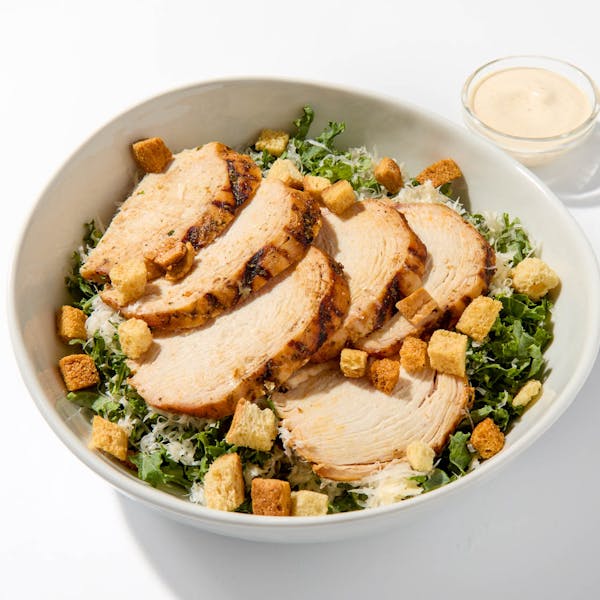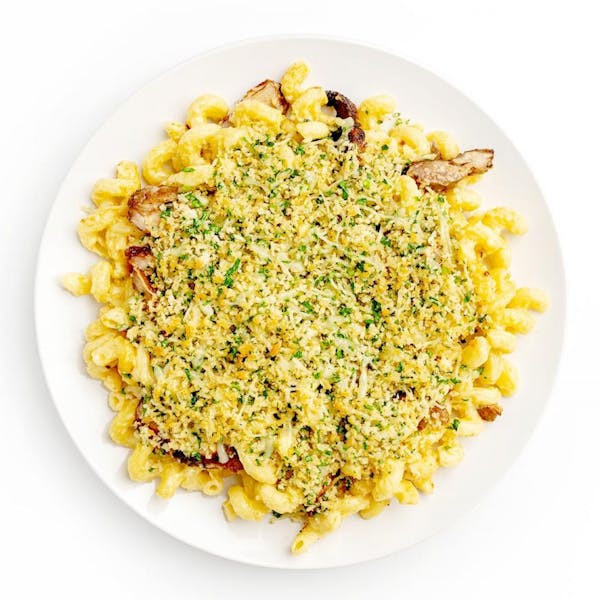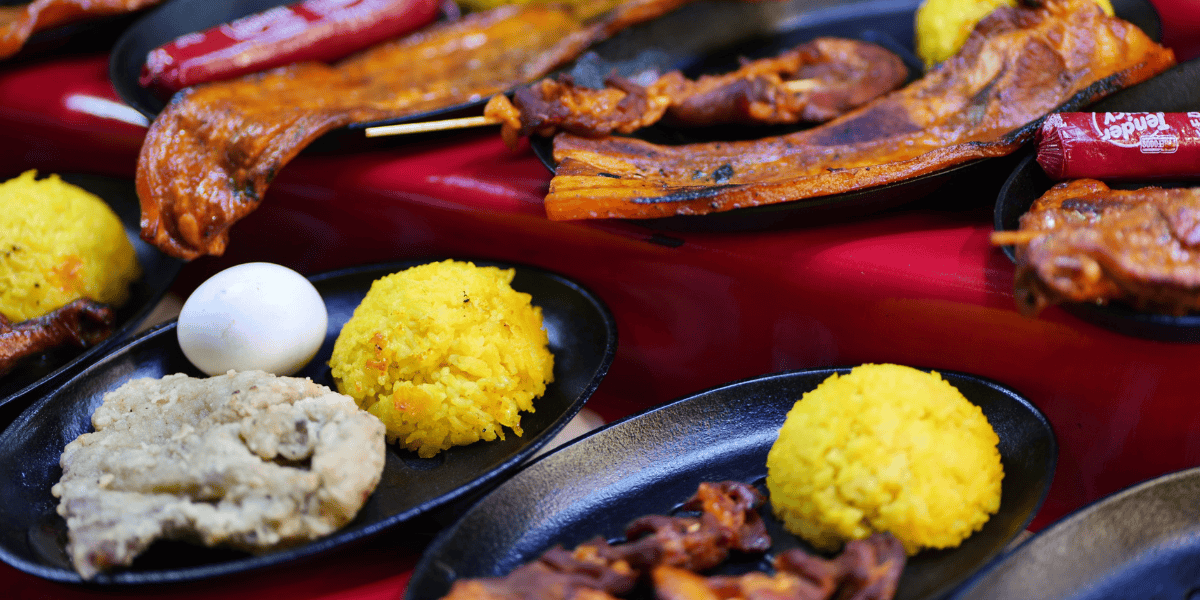The Paella Guide: How to Make Paella (Tips & Recipes)


John DeLucie

John DeLucie

Jose Garces

Emily Peck

John DeLucie

Jose Garces

Meena Sreenivas

Pino Luongo

Akhtar Nawab

John DeLucie

John DeLucie

Jose Garces

Emily Peck

John DeLucie

Jose Garces

Meena Sreenivas

Pino Luongo

Akhtar Nawab
Related Articles

10 authentic Filipino recipes that bring Manila flavors to your table
Filipino recipes for adobo, sinigang, pancit, and more—plus cooking tips, cultural insights, and ingredient swaps for authentic home-style meals.

Sam Oriach |
Recipe created on: 10/19/2025

Filipino food guide: Signature ingredients and how to use them
Filipino food features bold sweet, sour, and savory flavors using vinegar, soy sauce, and aromatics. Learn how key ingredients shape classic Filipino dishes.

Sam Oriach |
Recipe created on: 10/19/2025

Complete guide to Filipino cuisine: History, flavors, and techniques
Filipino cuisine blends bold flavors, diverse influences, and regional dishes—from adobo to sinigang—in a rich culinary tradition across 7,000+ islands.

Sam Oriach |
Recipe created on: 10/12/2025